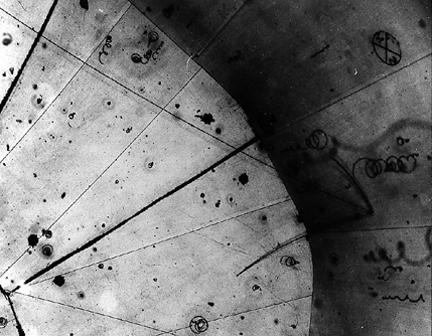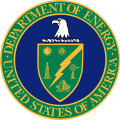Datei:First neutrino observation.jpg
First_neutrino_observation.jpg (432 × 336 Pixel, Dateigröße: 32 KB, MIME-Typ: image/jpeg)
Dateiversionen
Klicke auf einen Zeitpunkt, um diese Version zu laden.
| Version vom | Vorschaubild | Maße | Benutzer | Kommentar | |
|---|---|---|---|---|---|
| aktuell | 12:30, 5. Mai 2005 |  | 432 × 336 (32 KB) | wikimediacommons>Svdmolen | The world's first neutrino observation in a hydrogen bubble chamber was found Nov. 13, 1970, on this historical photograph from the Zero Gradient Synchrotron's 12-foot bubble chamber. The invisible neutrino strikes a proton where three particle tracks ori |
Dateiverwendung
Die folgende Seite verwendet diese Datei:


